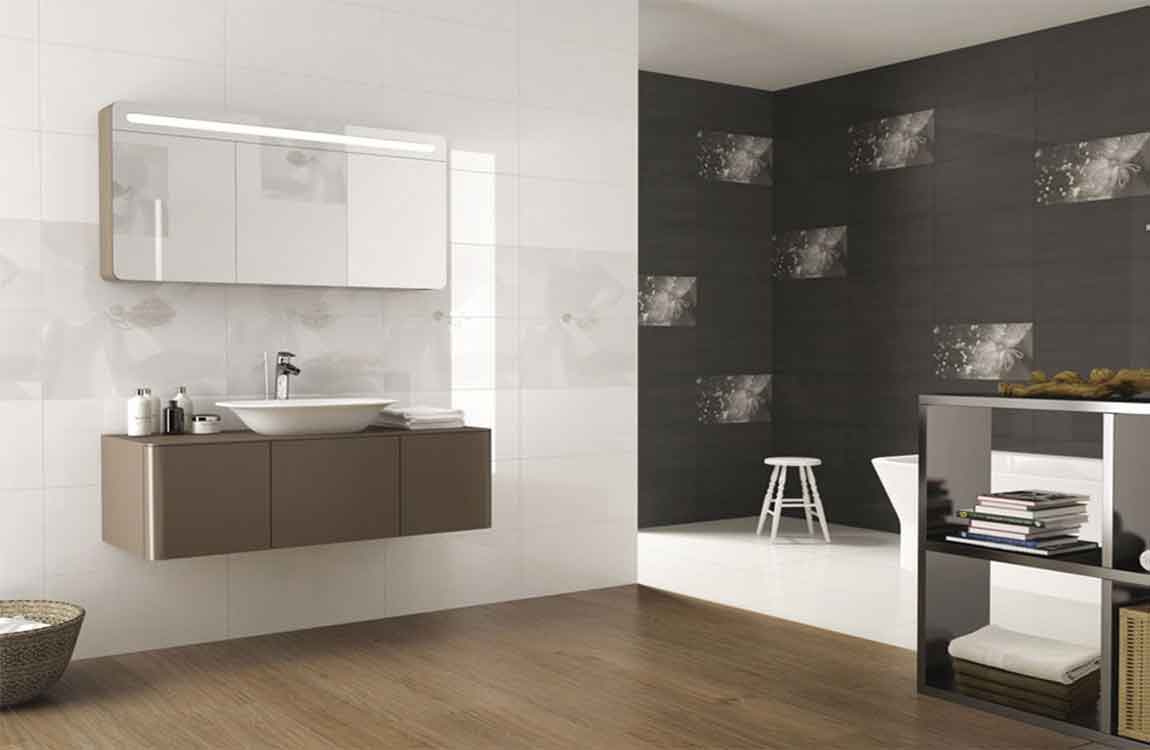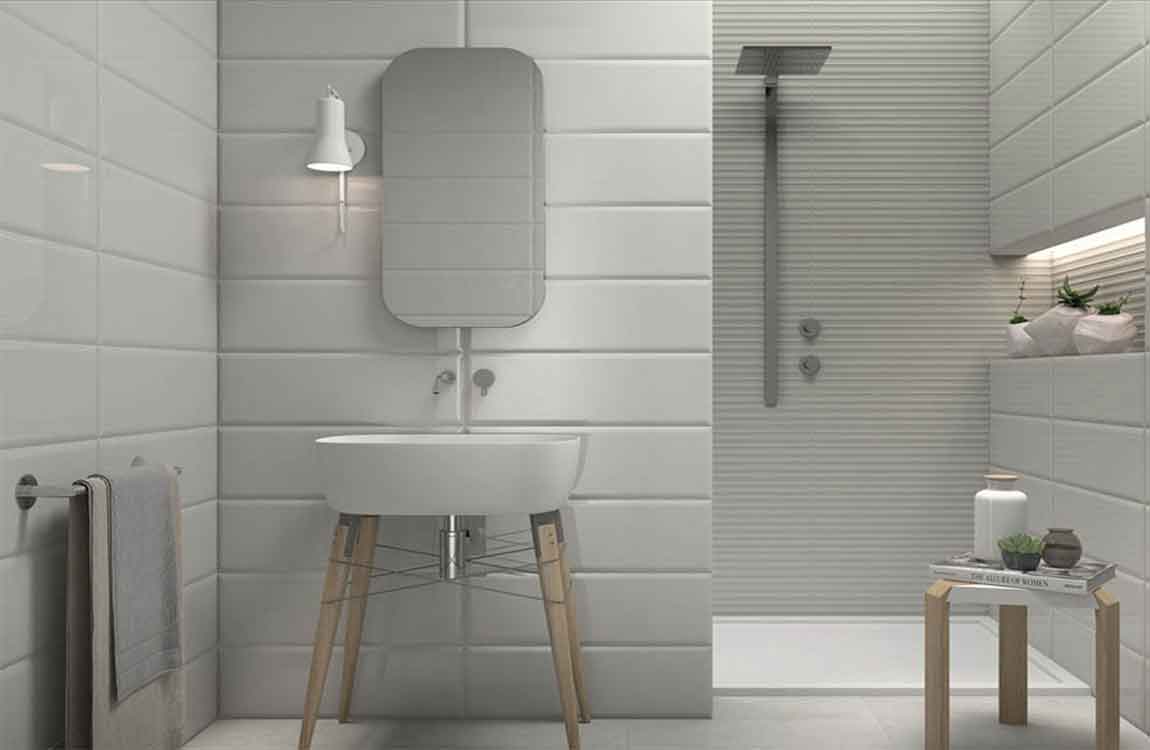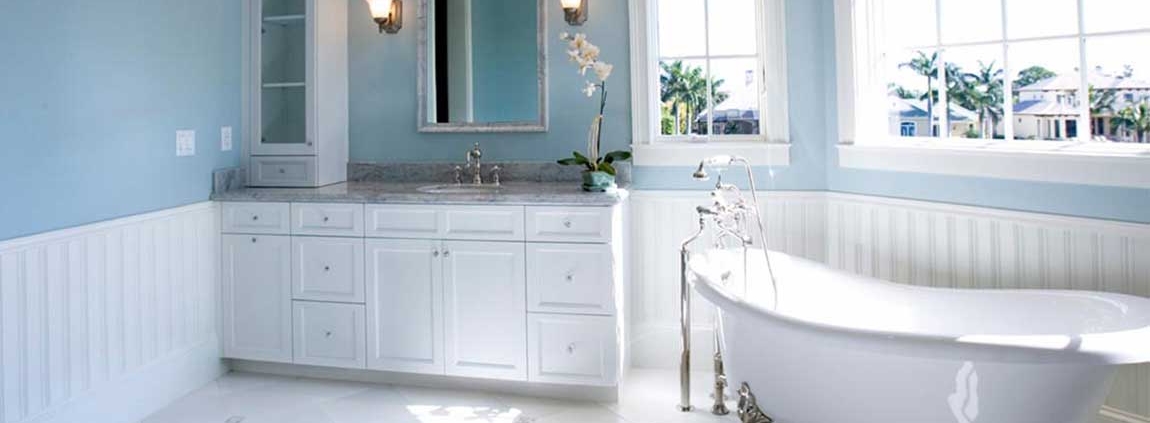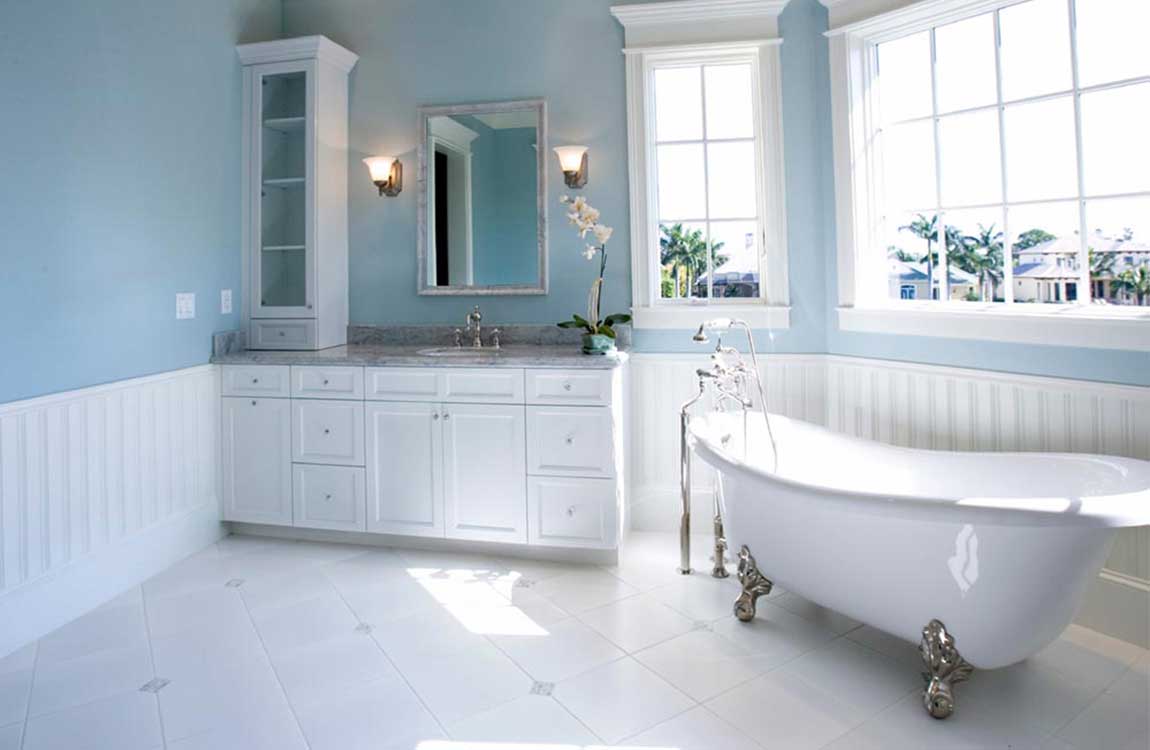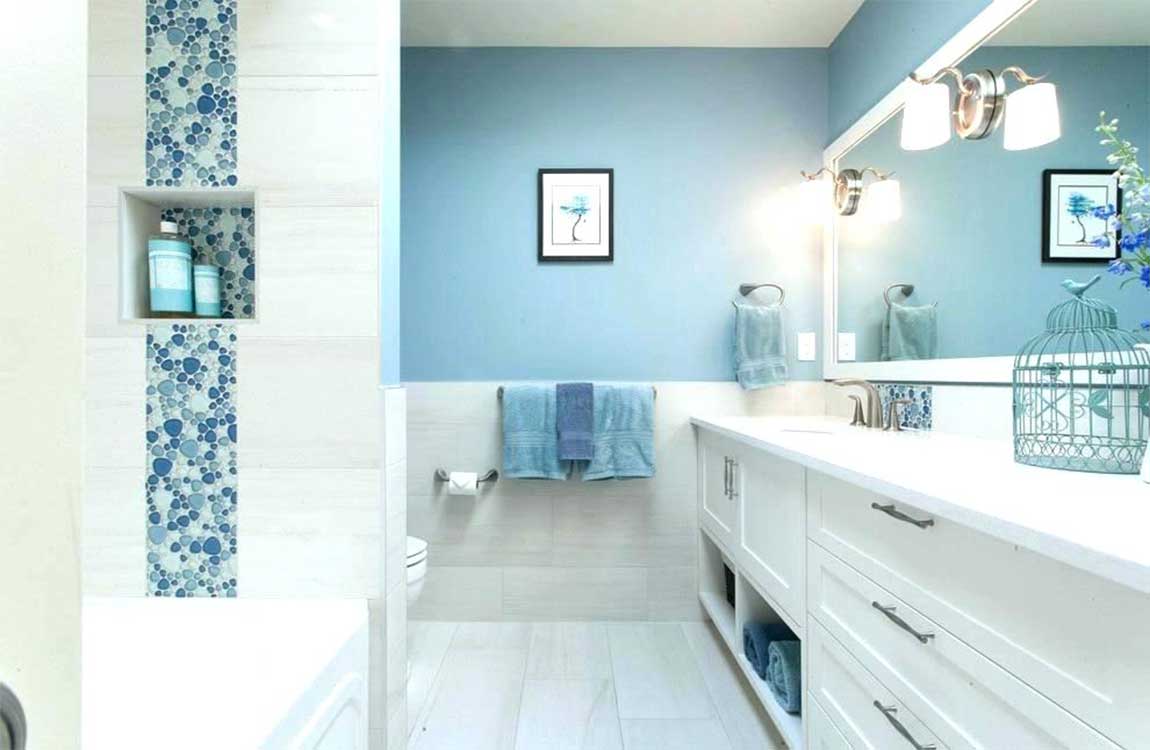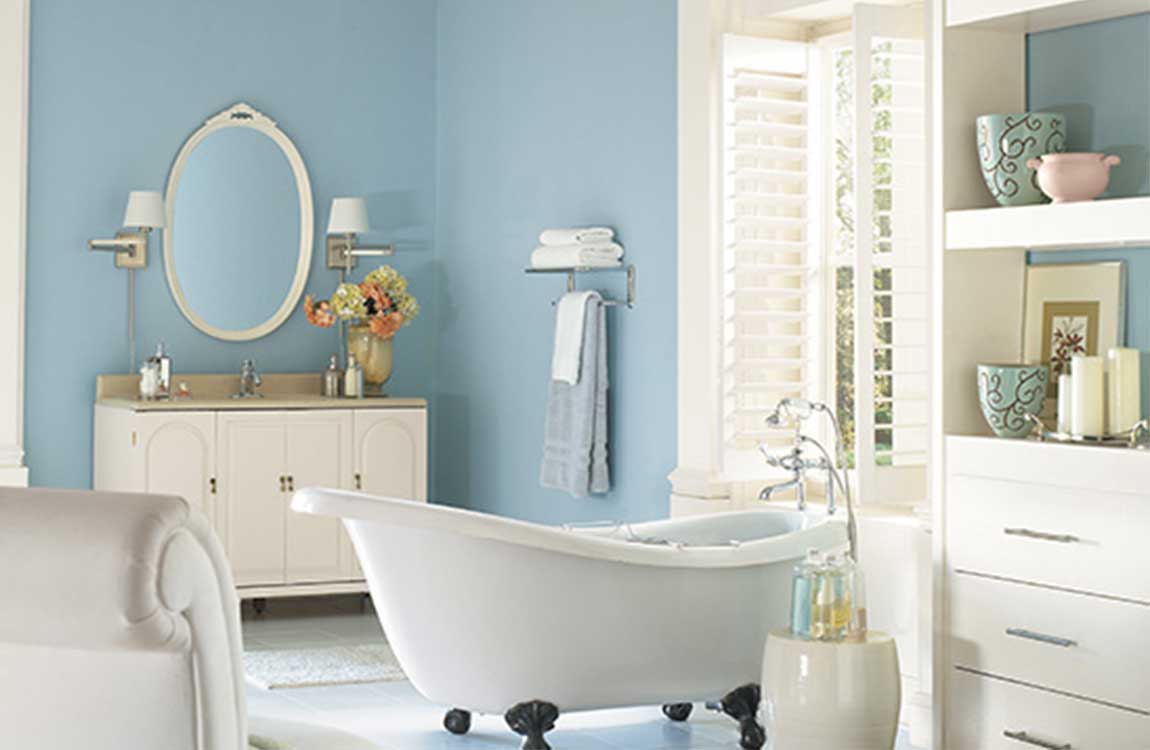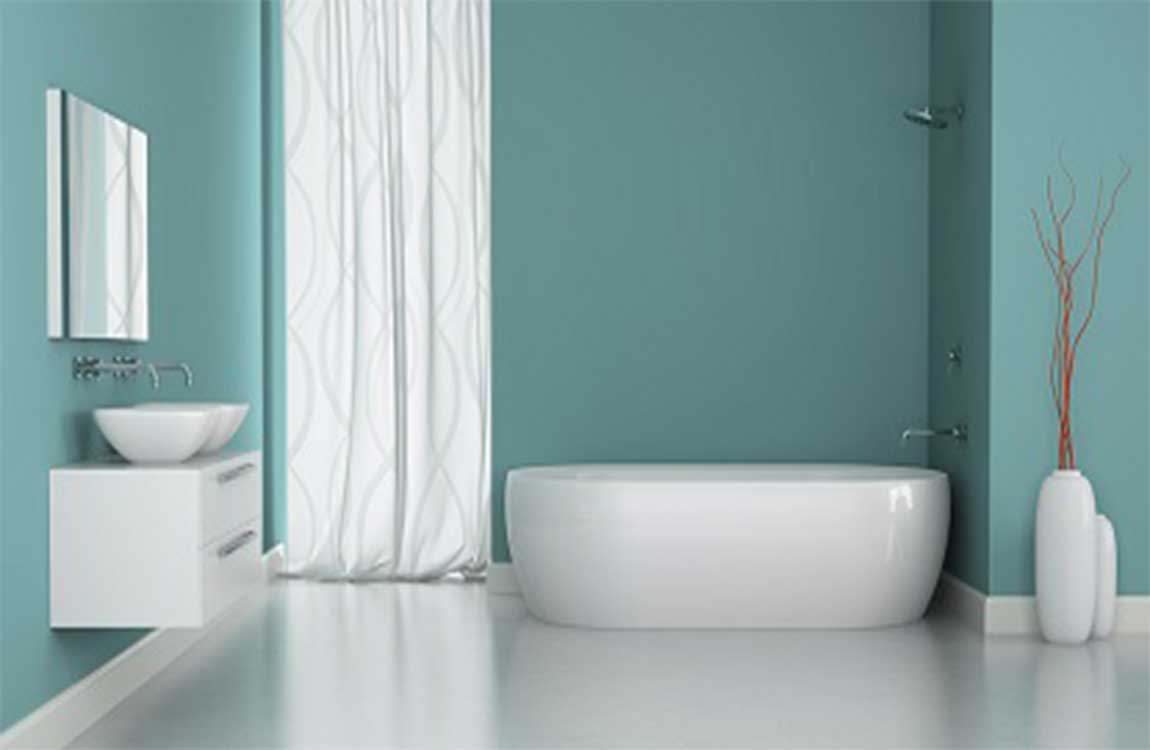How Applying the Paint?
Tape protective sheets on the walls and floor. Before you paint, use masking or painters tape to secure plastic sheeting to the walls surrounding the tub, as well as to the floor underneath the tub. You may also want to lay plastic sheeting over any other fixtures, like the toilet or sink, and remove decorations, towels, and beauty products.
The paint you’re going to use is an acrylic spray paint, and the “dust” from it will settle on the walls and floors. Put on a respirator and wear old clothes once you’re ready to paint. Your clothes are going to get covered in paint dust, so wear things that you don’t mind getting dirty. And use a respirator for safety purposes—the fumes from the paint will be really strong. Remember to keep a window open or a fan running during the painting process.
Follow the paint manufacturer’s instructions to prepare it properly. For a cast-iron or fiberglass tub, you can use acrylic urethane enamel, which may already come mixed for you, or you may have to mix it it, just depending on what kind of kit you purchased.
For fiberglass tubs, you can also use a two-part epoxy paint instead of the acrylic. The epoxy paint can be used on porcelain and ceramic tubs, too.
The easiest option for DIYing the paint job is to purchase kits that are designed specifically for that purpose. Some companies even provide spray cans of acrylic urethane enamel that you don’t have to mix at all. Load your spray gun and put the lid on the paint can. Follow the spray gun’s instructions for how much paint should be loaded into the body. Keep the lid on the paint can so that the enamel doesn’t start to dry up.
If you don’t want to use a spray gun, you could also use paint brushes and rollers. In that case, you wouldn’t need to load anything and could just mix the paint in its can to prepare. Coat the entire tub with long, even motions. Work systematically by starting at a top interior corner and working your way across the length of the tub. Keep the spray gun about 8 inches (20 cm) away from the tub. Repeat this process until the entire interior is painted, and then move on to the outside of the tub.



